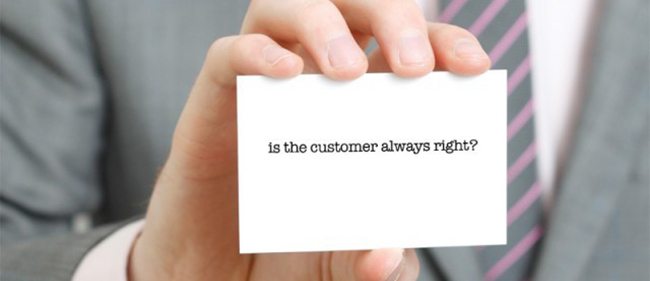
by Chloe Mahendra-Fuji, Print Diva
Hi! I’m Chloe! Sorry I missed you last month… there was a big job in my life and time got away from me. And now that I look back, I still missed the mark of being a good customer to my printer.
Let’s start with the basics. You’ll recognize the situation. I inherited a magazine job that has some specific print and finish requirements. It’s a short run job that has been printed offset and on high-quality toner devices in the past, but most recently it has been printed on a high-speed inkjet machine. I thought I understood the differences, but I got it all wrong.
First, the designer, who is a great designer, was still using all of the original specifications going back to when the job was set up for offset. There were some images that have carried through all of the editions, and others added over time when the printing methods changed. I didn’t realize that we had images a varying resolutions and using varying color spaces. Some had been manipulated, and others were raw. Over time, the base template had become a mash-up of conflicting data points, and I hadn’t realized it. When I looked at the proof of the PDF on my calibrated screen, I saw a few issues, pointed them out, and re-proofed, but I never dug into the images and the color spaces.

And I paid for it.
When the file went on to the press for production, I ended up with an assortment of issues that challenged my expectations. All of a sudden I had images that lost detail and faded to black swathes where there had been detail in the textiles and fine crisp skin tones became flat. What had I done wrong?
In consultation with my amazing printer I learned that two factors impact what I am trying to print – the paper I select and the make up of the file I provide. In my case I had selected a nice gloss stock for my magazine, and I delivered a file that had images that were over-inked, some that were under-inked, and more than a few that were out of focus. When I looked at them on my monitor they looked OK. I didn’t ask for a press proof, and I should have.
The next thing I learned was that when you move to inkjet you want to watch your ink levels. More isn’t better. More isn’t richer. The goal with inkjet is to put as little ink on the press as possible to get the brilliant color we all want. So we went through a process of printing with much lower ink levels and we got to a much better-looking document. The careful eye of the operator, trained in offset and digital, resulted in a custom profile that balanced the ink levels and color vibrancy to get me what I needed.
But my images are still a mash-up, so my next task is to get all of the color spaces sorted, make sure I’m delivering high-resolution images and not pictures meant for the Web.
Sometimes we get complacent. I know I did. My new rule…. Check everything when going to a new technology. Big lesson learned!
Watch this space for more from the life of a Print Diva.
 Chloe Mahendra-Fuji practices the fine arts of design critique, content creation and editing, and communication consulting. She has decades of experience working in online content delivery, print delivery, and content development.
Chloe Mahendra-Fuji practices the fine arts of design critique, content creation and editing, and communication consulting. She has decades of experience working in online content delivery, print delivery, and content development.
Connect with Chloe on Twitter: @ChloePrintDiva / ChloePrintDiva@gmail.com











